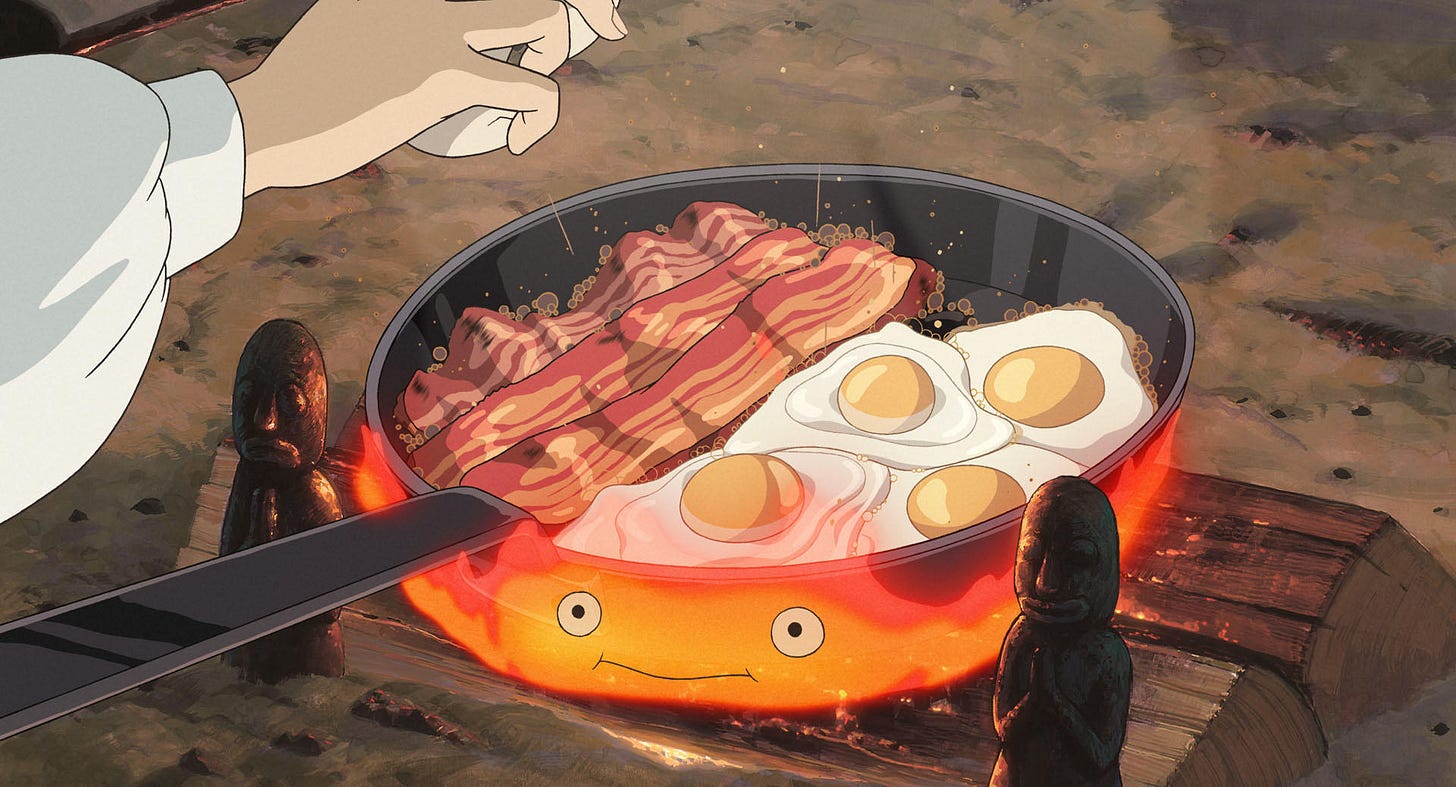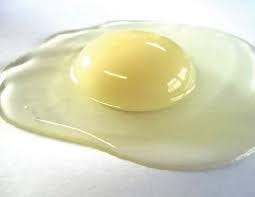As a colour-blind individual, I often point out objects that I believe are miscoloured or mistaken with others. Normally, I get quickly corrected that the grass is in fact green, not a reddish hue. So I expected to hear the same thing about Japanese eggs. More specifically their yolks.
That’s right, today we’re understanding why Japanese egg yolks display as orange rather than yellow!
Normal Colours
While it took time to accept that it wasn’t merely my own genetic abnormality, I slowly embraced the fact that egg yolks back in Australia are a pale yellow, while Japanese ones are a rich dark orange. Let’s talk about why Japanese eggs look like those popular anime eating scenes, and how that came to be.
The secret to those vibrant yolks isn’t genetic modification, special breeds of chickens (those are for eating, see article below), or some ancient mystical Japanese agricultural technique.
Yolk are what you eat
It is all feed. Farmers wiser than me (a non-farmer) figured out that depending on the constitution of the chicken feed, the yolk colour can be greatly altered. The equation is actually pretty straightforward. When poultry farmers give their hens a diet rich in red and orange pigments, their yolks are more red and orange. These include things like paprika, marigold petals, and carotenoid-rich corn. These are chicken appropriate food-colourings. Carotenoids have a long history of altering nature’s colours for vibrancy. For the uninitiated, they are the pigments responsible for making carrots orange and flamingos pink. By adding these in, you can change nature itself and create deep yellow orange yolks.
By contrast, in Australia and the US, chicken feed takes the colours of the yolk less account. Their focus with chicken feed is feeding the chicken. This looks at nutritional value at a reasonable price, which ends up being a lot of wheat and white corn. This doesn’t add much to tamper with yolk pigmentation. As a result, you get the familiar pale yellow yolks.
Such cultural normalities means that in Japan, these same pale normal looking eggs could raise questions on whether the chicken is sick as they weren’t able to make the rich orange. To me however, if you can feed carotenoid rich foods to get orange yolks, surely you could feed blueberry-noid rich foods to get blue yolks, right? I tried finding any niche minimalist farmer who specialised in blue egg yolks, but have thus far been unsuccessful.
What I was able to uncover is that Dr Seuss’ famous breakfast is at least fifty percent feasible. Yes, green egg yolks are real, and somewhat common. The culprit seems to be chlorophyll, which can often get into the hen’s diet when they go out and eat acorns. The point being that yellow, orange, and even green yolks are healthy.
“Look at me” says the food
Why exactly is orange a prized yolk and the norm in Japan? If you have ever seen any anime or Studio Ghibli movie, you may recognise that the visual appeal of food is a big deal.
In Japan, where raw eggs are a staple, and food presentation is a close second to taste, farmers have every incentive to optimise for rich, orange yolks. A darker, more vibrant yolk has become the signal of quality. Having a deep orange raw yolk over a steaming bowl of rice highlights the sharp contrast of colors which is just as appealing as the flavour of tamago kake gohan. Back in the U.S. and Australia, where eggs are mostly scrambled, fried, or hidden in baked goods, there’s little reason to care about the colour within. In comparison, the classic American pale yellow yolk just looks sad and anemic.
The dish of tamago kake gohan brings up another reason for the importance of colour. Raw egg is consumed much more frequently here and thus seen more during the eating phase of any meal. This is thanks to tireless efforts by the Japanese Food Safety Commission to keep salmonella at near zero rates (half of the US). This means that visual perception is much more important at that raw moment, and the darker the colour, the safer the meal looks. I stress that you cannot use your visual acuity to verify if anything is contaminated with micro-organisms, but perception is what matters.
The eggs are also not healthier in either colour palette. While eggs with deep orange yolks unsurprisingly display higher levels of carotenoids that have antioxidant properties, the overall nutritional differences between colours are minor. Any of the key indicators on egg quality, i.e. protein content, fat content, and vitamin profile depend on the chicken, not the yolk.
Yolk Folks
This is a perfect example of how subtle consumer choices shape what we eat in ways that are barely perceptible. Different yolks aren’t a product of superior nutrition, geographical bonuses, or some the mythical Japanese farmer. It’s all about economics, consumer preference and ultimately aesthetic. The same chicken, given a diet tweak for their beak, produces yolk that looks entirely different. One that can signal premium quality in one country and go completely unnoticed in another. So while Japanese farmers tinker with carotenoid levels to deepen the orange, Western farmers stick with cheap, efficient grains that keep costs down.
My own conclusion is that, now that I know that egg yolks can be changed with something as simple as paprika, I can’t stop wondering when my next egg will be blue?







I wonder if chickens would eat throwaway tea leaves…
Very interesting.